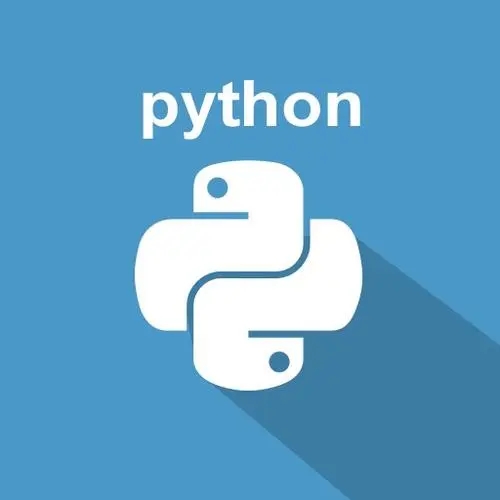redis是一个开源的、高性能的键值对存储系统,常用于缓存、消息队列、计数器等场景。而python作为一种简洁、高效的脚本语言,也广泛应用于web后台处理、数据分析与挖掘、机器学习、人工智能等领域。本文将探讨redis在python中的应用,包括redis的安装、python redis客户端模块的使用以及具体应用案例。
一、Redis的安装
$ tar xzf redis-5.0.3.tar.gz
$ cd redis-5.0.3
$ make
$ src/redis-server
$ src/redis-cli
127.0.0.1:6379> SET mykey "Hello Redis"
OK
127.0.0.1:6379> GET mykey
"Hello Redis"
立即学习“Python免费学习笔记(深入)”;
二、Python Redis客户端模块的使用
为了方便在Python中使用Redis,可以使用redis-py模块作为Redis的客户端库。可以使用pip命令进行安装:
$ pip install redis
import redis
rds = redis.Redis(host='localhost', port=6379, db=0)
其中host和port分别为Redis服务器的地址和端口号,db表示Redis数据库的编号,默认为0。
rds.set('name', 'Alice')
name = rds.get('name')
print(name) # 输出:b'Alice'
其中,set方法用于设置键值对,get方法用于获取键值对。需要注意的是,get方法返回的数据类型为bytes,需要使用decode方法转换为字符串。
pipe = rds.pipeline()
pipe.set('key1', 'value1')
pipe.set('key2', 'value2')
pipe.set('key3', 'value3')
pipe.execute()
import time
pubsub = rds.pubsub()
pubsub.subscribe('channel')
rds.publish('channel', 'Hello')
time.sleep(1) # 等待1秒钟
msg = pubsub.get_message()
print(msg) # 输出:{'type': 'message', 'channel': b'channel', 'data': b'Hello'}
其中,subscribe方法表示订阅一个通道,publish方法表示发布一个消息。使用get_message方法可以获取消息。
三、具体应用案例
import time
import redis
class Cache:
def __init__(self):
self.rds = redis.Redis(host='localhost', port=6379, db=0)
def get(self, key):
val = self.rds.get(key)
if val:
return val.decode()
return None
def set(self, key, val, ttl=60):
self.rds.set(key, val, ex=ttl)
cache = Cache()
val = cache.get('key')
if not val:
# 从数据库中查询数据
val = 'value'
cache.set('key', val, ttl=60)print(val)
其中Cache类封装了Redis缓存的实现,使用get和set方法可以获取或设置缓存数据。在获取数据前先查询缓存,如果缓存中不存在则从数据库中读取并缓存数据。
import time
import redis
class Lock:
def __init__(self):
self.rds = redis.Redis(host='localhost', port=6379, db=0)
self.locked = False
def acquire(self, lockname, ttl=60):
identifier = str(time.time())
self.locked = self.rds.setnx(lockname, identifier)
if self.locked:
self.rds.expire(lockname, ttl)
return self.locked
def release(self, lockname):
if self.locked:
self.rds.delete(lockname)
lock = Lock()
if lock.acquire('mylock'):
# 处理业务逻辑...
lock.release('mylock')
其中Lock类封装了分布式锁的实现,使用acquire和release方法可以获取或释放锁。在获取锁时,如果锁已被占用则返回False;如果锁未被占用,则获取锁并设置过期时间。
综上所述,Redis在Python中的应用非常广泛,可以用于缓存、分布式锁、消息队列、计数器等场景。Python Redis客户端库也提供了简洁易用的API,可以方便地进行数据操作。
以上就是Redis在Python中的应用的详细内容,更多请关注php中文网其它相关文章!

python怎么学习?python怎么入门?python在哪学?python怎么学才快?不用担心,这里为大家提供了python速学教程(入门到精通),有需要的小伙伴保存下载就能学习啦!

Copyright 2014-2025 https://www.php.cn/ All Rights Reserved | php.cn | 湘ICP备2023035733号